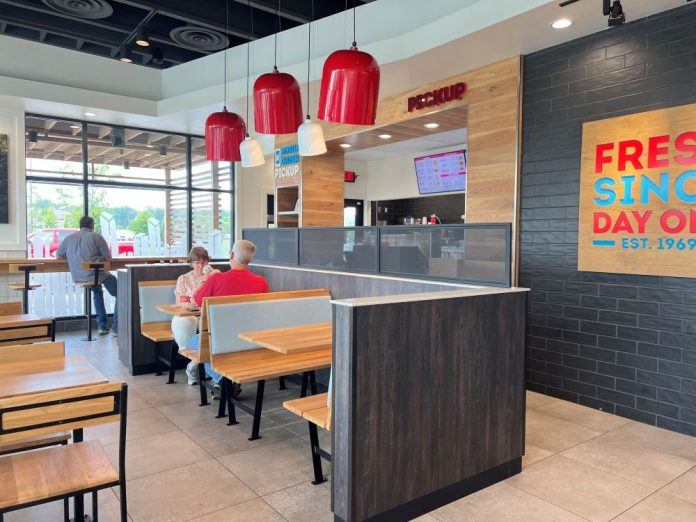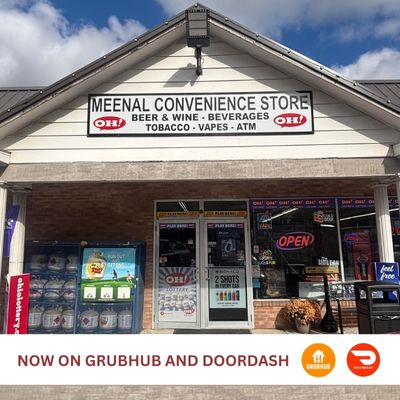Ohio’s northeast Ohio restaurant industry presents a complex financial picture in 2025, with significant closures across major metropolitan areas even as new establishments continue opening throughout the state.
Northeast Ohio experienced notable losses in 2024, with multiple northeast Ohio restaurant closures in Cleveland, Lakewood and surrounding areas, though industry experts say the overall number of openings still exceeds closures statewide. John Barker, president and CEO of the Ohio Restaurant & Hospitality Alliance, maintains “the net number of openings is still higher than the closures.”
Rising Costs Drive Closures
The financial pressures facing Ohio’s northeast Ohio restaurants are unprecedented. Food supply costs have increased 25% on average over the past two and a half years, with labor costs rising approximately 22% during the same period. Barker revealed even more dramatic increases: food costs are up about 30% over the last three to four years, labor costs have risen 30%, and credit card processing fees have increased 25-30%.
Cincinnati area northeast Ohio restaurants reported similar challenges, with 16 establishments closing in the first quarter of 2025 alone. Many cited rising costs and lack of business as primary factors, with some specifically noting the impact of the Daniel Carter Beard Bridge closure affecting foot traffic.
Major Restaurant Chains Feel the Squeeze
Major chains are implementing strategic closures, with Dublin-based Wendy’s planning to shutter 140 underperforming U.S. locations before year-end, followed by an additional 100 closures in May 2025. However, the chain also announced plans to open 250-300 new northeast Ohio restaurants to replace outdated locations.
The Melt Bar and Grilled closed all locations after filing for bankruptcy, shuttering sites in Mentor, Akron, Independence, Avon and its original Lakewood location.
Razor-Thin Profit Margins
The financial reality for northeast Ohio restaurant operators is stark. Barker explained that restaurant profit margins typically range from 5-10%, meaning operators keep only about five cents from every dollar earned. “You might mortgage your house, sell your car, put your house on the line,” Barker noted about the investment required to open a northeast Ohio restaurant.
The situation is further complicated by the need for constant reinvestment in physical facilities, effectively reducing profits below that five-cent margin when equipment fails or renovations are needed.
New Openings Continue
Despite closures, Ohio continues attracting new northeast Ohio restaurant investments. Cleveland has welcomed almost two dozen new northeast Ohio restaurant and bar openings in early 2025, including establishments like Café Indigo in Shaker Square and Sofia’s Kitchen + Bar in Lakewood. Wayback Burgers is opening a new location in Stow, while Dave’s Cosmic Subs recently opened in Fairview Park.
Central Ohio has seen multiple chain expansions, including new locations for Freddy’s Frozen Custard, Paris Baguette, and Teriyaki Madness. Major brands like Mastro’s northeast Ohio restaurant and Logan’s Roadhouse are planning returns to the Columbus market.
Industry Outlook
Ohio’s northeast Ohio restaurant industry represents the seventh-largest state market, with over 25,000 northeast Ohio restaurants and hospitality locations statewide. The Ohio Restaurant & Hospitality Alliance, which rebranded in 2024 to include bars, breweries, caterers, and hotels beyond traditional northeast Ohio restaurants, now represents 50 craft brewers among its membership.
Barker remains optimistic despite current challenges, noting that people continue pursuing the “American dream” of northeast Ohio restaurant ownership. However, he emphasized that average performance is no longer sufficient in today’s market, with consumer expectations higher than ever and online ratings making it impossible for subpar establishments to hide.
While celebrity chef interventions like Gordon Ramsay’s recent makeover of a Cuyahoga Falls establishment generate buzz, industry experts note that sustainable success requires long-term commitment to quality operations rather than quick fixes.
Nationally, the restaurant industry reached $1.1 trillion in sales in 2024 and is projected to hit $1.5 trillion in 2025, adding 200,000 jobs to bring total employment to 15.9 million workers. However, local operators continue facing significant headwinds from inflation and labor shortages.
Discover more from Northeast Ohio News
Subscribe to get the latest posts sent to your email.










